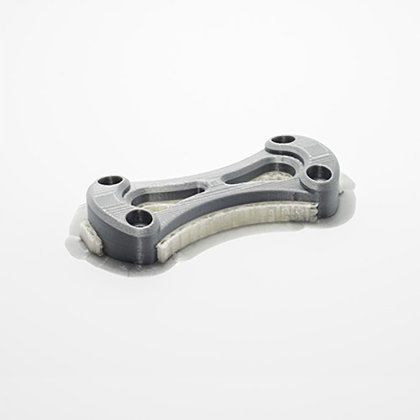Unlock the Secrets to Choosing the Perfect FDM Service Provider for Your 3D Printing Dreams!
Fused Deposition Modeling (FDM) stands as one of the most celebrated technologies in the realm of 3D printing. As a method that utilizes thermoplastic materials, FDM enables the creation of intricate designs and structures with precision and efficiency. The significance of selecting the right service provider cannot be overstated, as it directly influences the quality, cost, and delivery time of your projects. Whether you are a hobbyist, an engineer, or a business looking to prototype, the right FDM service provider can elevate your 3D printing experience and help you realize your creative visions. In this article, we will guide you through the essential factors to consider when choosing an FDM service provider that aligns with your specific needs.

Understanding Fused Deposition Modeling
At its core, Fused Deposition Modeling (FDM) is a 3D printing technology that builds parts layer by layer using a continuous filament of thermoplastic material. The process involves heating the filament until it becomes malleable and then extruding it through a nozzle onto a build platform. As each layer is deposited, it cools and solidifies, adhering to the layer below it. FDM is widely used across various industries, including aerospace, automotive, healthcare, and consumer goods, due to its versatility and cost-effectiveness. One of the key advantages of FDM over other 3D printing technologies, such as Stereolithography (SLA) or Selective Laser Sintering (SLS), is its ability to produce durable parts with complex geometries while maintaining a relatively low production cost. This makes it an appealing option for both prototyping and end-use parts.
Key Factors to Consider When Choosing an FDM Service Provider
Selecting the right FDM service provider involves several critical criteria that can significantly affect your project outcomes. First and foremost, you should evaluate the technology capabilities of the provider. This includes the specifications of their 3D printers, such as build size, layer resolution, and print speed. The material options available are equally important; different thermoplastics can yield varying properties in the final product, impacting strength, flexibility, and appearance. Additionally, service quality plays a pivotal role; consider factors such as responsiveness, customer support, and the willingness to collaborate throughout the project. All these elements combined will help ensure that the service provider meets your specific project requirements.
Assessing Technology and Equipment
The technology and equipment used by an FDM service provider are paramount to the quality of the finished product. It is essential to inquire about the brands and models of the printers they utilize, as different machines have varying capabilities. For instance, some printers may offer advanced features such as multi-material printing or enhanced resolution, which can be critical depending on your project's demands. Additionally, consider the maintenance and calibration practices of the provider. Well-maintained equipment is less likely to produce defects, ensuring a smooth production process.
Evaluating Material Options
The choice of materials in FDM is crucial, as it can significantly impact the performance and aesthetics of your final product. Different thermoplastics offer various properties—some are more rigid, while others provide flexibility or resistance to heat and chemicals. Always inquire about the range of materials available, including specialty filaments that may enhance your project. A good provider will be able to guide you on which materials are best suited for your specific application, ensuring that the final output meets your functional and design requirements.
Researching and Comparing FDM Service Providers
Finding the right FDM service provider begins with thorough research. Start by looking for reviews and testimonials from previous clients; this will give you insight into the provider's reliability and quality of work. Case studies showcasing their past projects can also provide valuable context. Networking in online forums or local maker spaces can yield recommendations based on real experiences. Additionally, consider reaching out to several providers to compare their offerings, capabilities, and customer service. This comparative approach will help you make a well-informed decision.
Requesting Quotes and Proposals
Once you have identified potential FDM service providers, the next step is to request quotes and proposals. When doing so, be clear about your project requirements—include details such as dimensions, material preferences, and desired finish. Providing comprehensive information will help the provider give you the most accurate proposal tailored to your needs. Don't hesitate to ask questions or seek clarification on aspects of the quote, ensuring you fully understand the timeline, costs, and any potential limitations.
Final Thoughts on Selecting FDM Providers
In conclusion, selecting the right FDM service provider is a critical step in achieving successful 3D printing outcomes. By understanding the nuances of fused deposition modeling and evaluating key factors such as technology, material options, and service quality, you can make an informed choice that aligns with your project goals. Remember, thorough research and careful consideration are essential in this process, paving the way for optimal results and a smoother journey toward realizing your 3D printing dreams. Take the time to explore your options, and you will find the perfect partner to bring your ideas to life.



